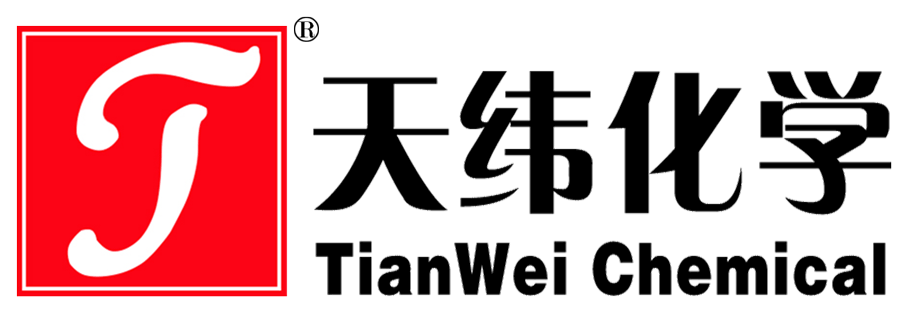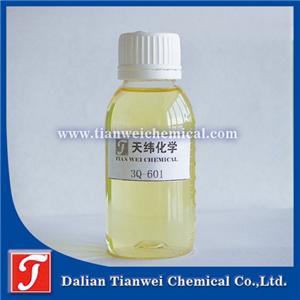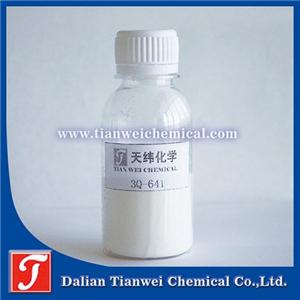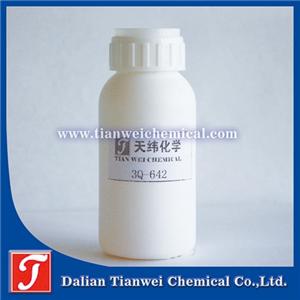Innovative Application of Silver Ion Antibacterial Agents in Oil-based Coatings
Driven by the dual impetus of enhanced public health awareness and the iteration of antibacterial technologies, the integration of oil-based coatings and silver-ion antibacterial agents is becoming an innovative direction in fields such as construction, healthcare, and food processing. Unlike traditional physical protective methods, silver ion antibacterial agents achieve long-lasting sterilization by disrupting the metabolic system of microorganisms. The breakthrough in their compatibility with oil-based resins enables the coating to maintain decorative performance while also having active antibacterial functions.
The core mechanism of action of silver ion antibacterial agents
1. Multi-dimensional antibacterial pathways
Charge disruption and cell wall penetration: Silver ions (Ag⁺) combine with the phospholipid bilayer of the bacterial cell membrane through electrostatic adsorption, disrupting the membrane potential balance and causing the leakage of cell contents.
Enzyme system inactivation: Ag⁺ targets and binds to thiol (-SH) -containing enzymes in bacteria (such as DNA rotase and dehydrogenase), blocking nucleic acid replication and energy metabolism, and inactivating the bacteria within 15 minutes.
Reactive oxygen catalytic reaction: Under the influence of light or humidity, Ag⁺ catalyzes the generation of strong oxidizing substances such as hydroxyl radicals (·OH), further destroying the DNA and protein structures of bacteria.
2. Antibacterial performance advantages
Broad-spectrum and long-lasting properties: The inhibition rate against microorganisms such as Escherichia coli, Staphylococcus aureus, and Candida albicans reaches 99.9%. Laboratory simulation aging tests show that the coating still maintains an antibacterial rate of over 90% within a three-year cycle.
Safety and environmental friendliness: The concentration of silver ions is strictly controlled within the 50ppm safety threshold stipulated by the FDA. It has passed the EU REACH certification, and its antibacterial process does not cause mutations in drug resistance genes.
Scenario-based application practice
1. Medical field: Building a sterile diagnosis and treatment environment
The walls of the operating room: A certain tertiary hospital has adopted silver ion antibacterial epoxy floor paint. After testing, the total number of bacteria on the wall is lower than that of ordinary paint, and the concentration of microorganisms in the air is reduced, effectively lowering the risk of postoperative infection.
Medical device coating: Silver ion antibacterial oil-based paint is applied to the outer shell of ventilators and the panel of monitors, maintaining antibacterial performance even in a simulated sweat environment and reducing cross-infection.
2. Food processing: Safeguarding the hygiene and safety of the entire chain
Cold chain logistics compartment: The interior of the refrigerated truck of a certain dairy enterprise is coated with silver ion antibacterial polyurethane paint. In an environment of -18℃, the growth rate of mold is reduced, and the shelf life of food is extended.
The walls of the central kitchen: Silver ion antibacterial acrylic paint is adopted, which has enhanced acid and alkali resistance, can resist the erosion of oil stains and cleaning agents, and maintain the antibacterial effect for a long time.
3. Public transportation: Creating a healthy travel space
The interior decoration of subway carriages: A certain city's subway system has applied silver-ion antibacterial polyester paint in high-frequency contact areas such as seats and armrests. Through simulated passenger flow tests, the total number of bacteria has decreased, and the infection rate among passengers during the flu season has also dropped.
Aviation cabin coating: A certain airline's passenger aircraft cabins are coated with silver ion antibacterial fluorocarbon paint, which enhances weather resistance and maintains antibacterial performance even in extreme temperature and humidity conditions, reducing the risk of cross-infection in the cabin.
4. Home environment: Enhance the quality of living health
The walls of the children's room: A certain high-end residential project uses silver ion antibacterial diatom mud paint, which has an increased formaldehyde decomposition rate and an antibacterial rate of 99.5%, providing a safe growth space for children.
Kitchen countertop coating: Applying silver ion antibacterial polyurethane coating to quartz stone countertops enhances their high-temperature resistance, enabling them to withstand a temperature of 180℃ without releasing harmful substances, and maintaining stable antibacterial performance




